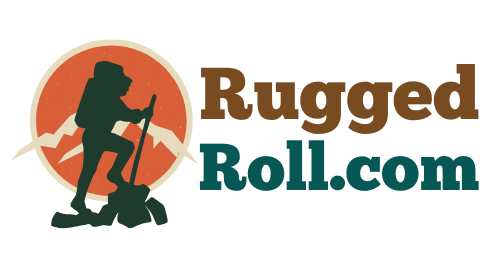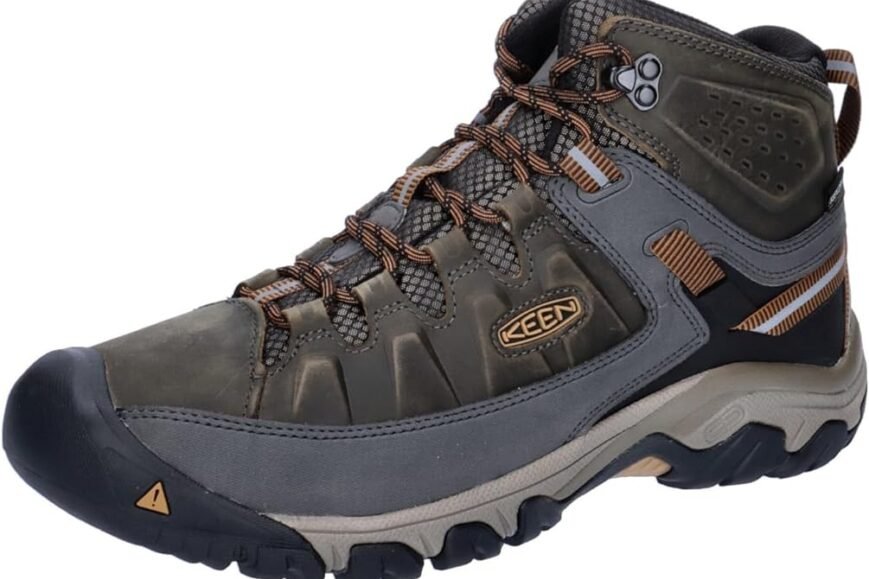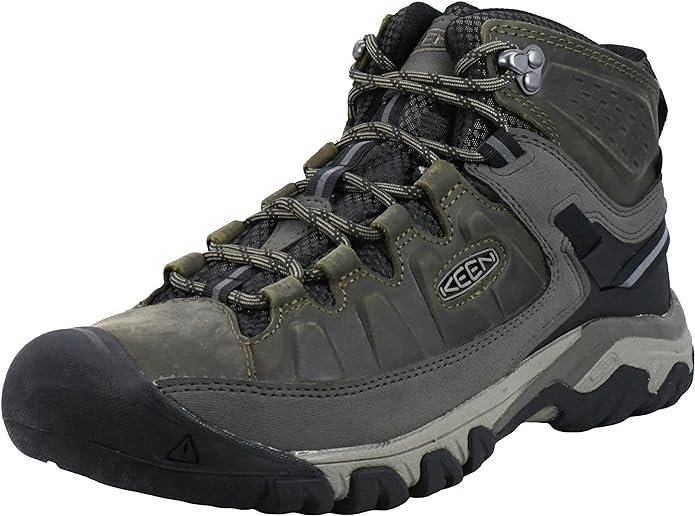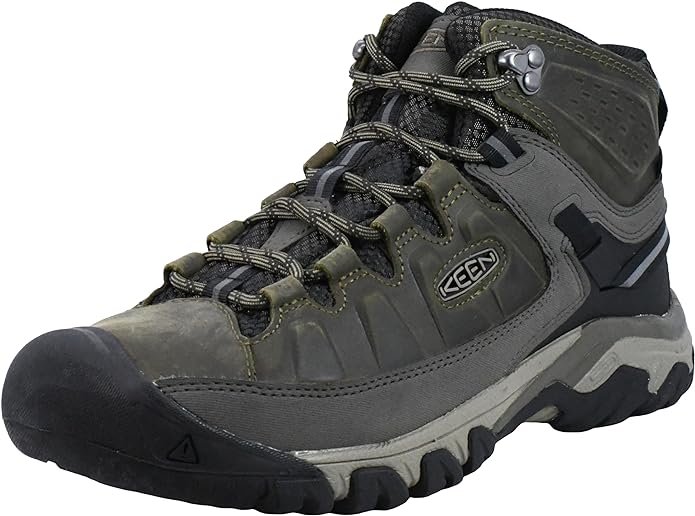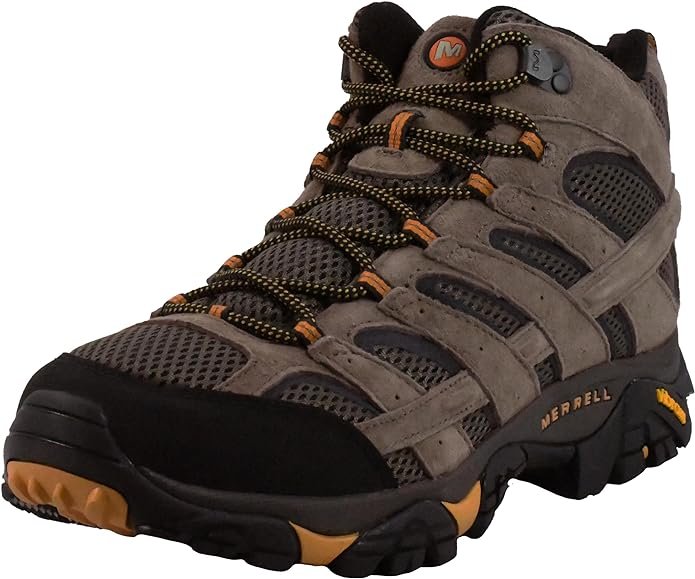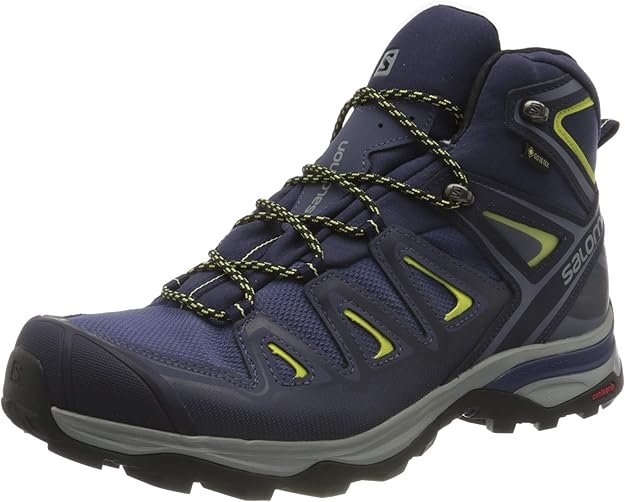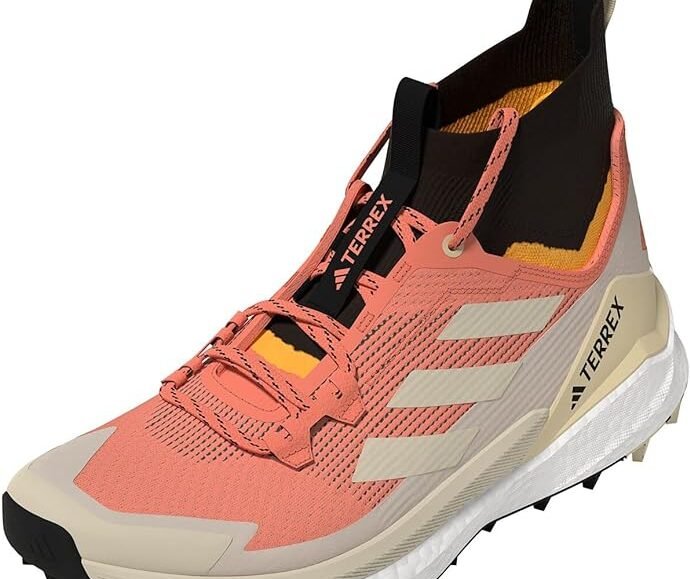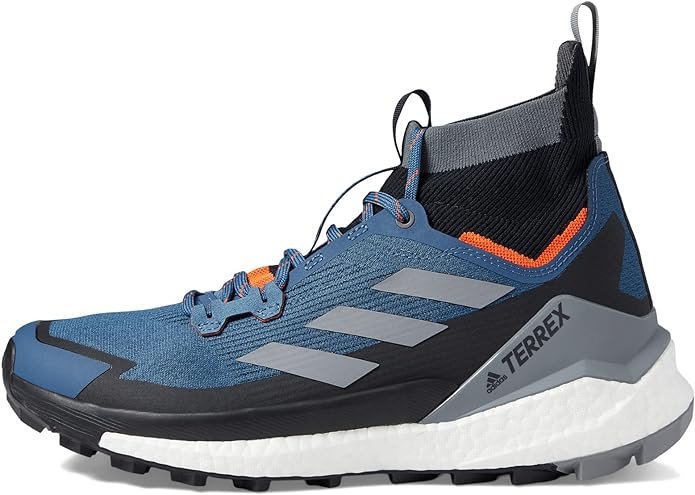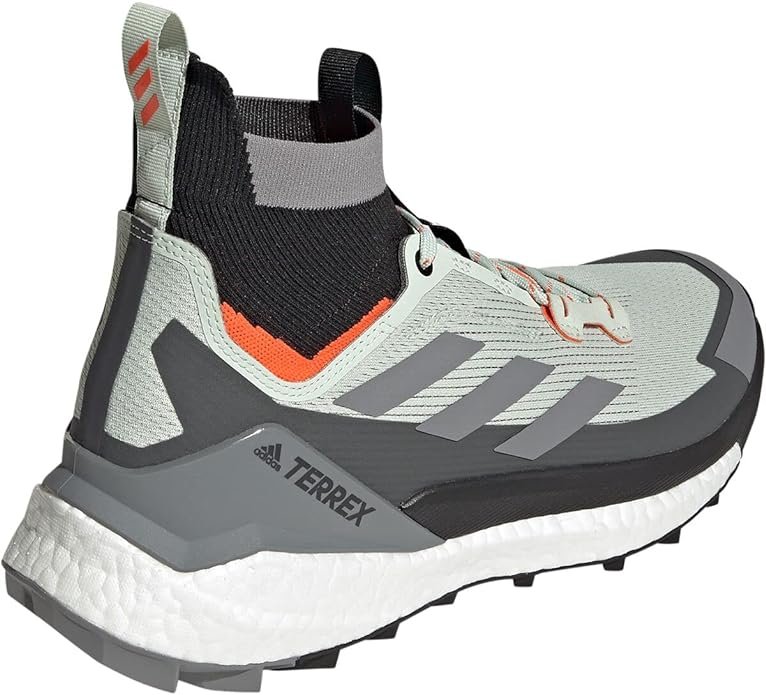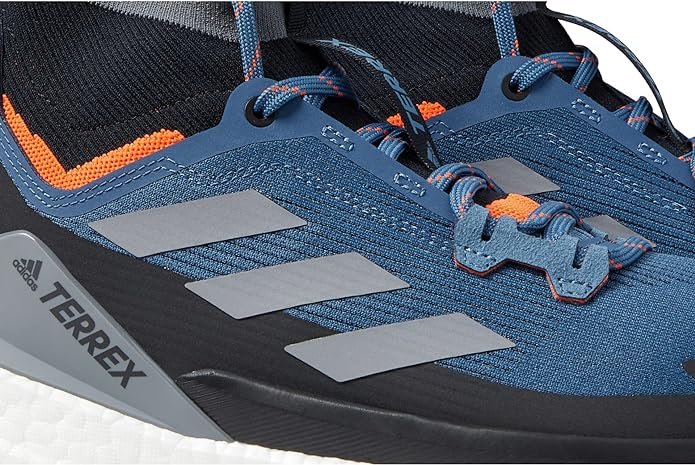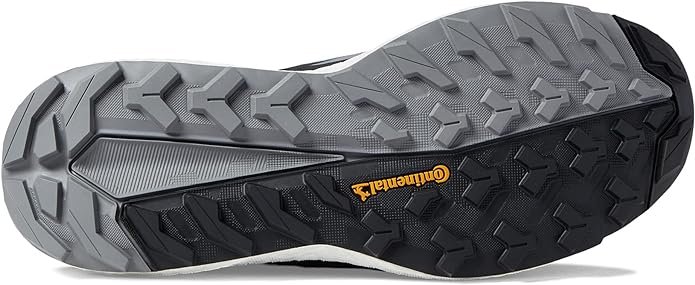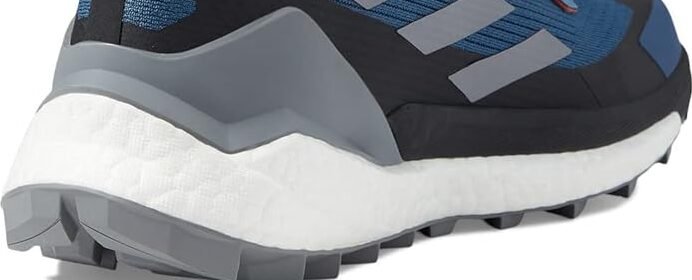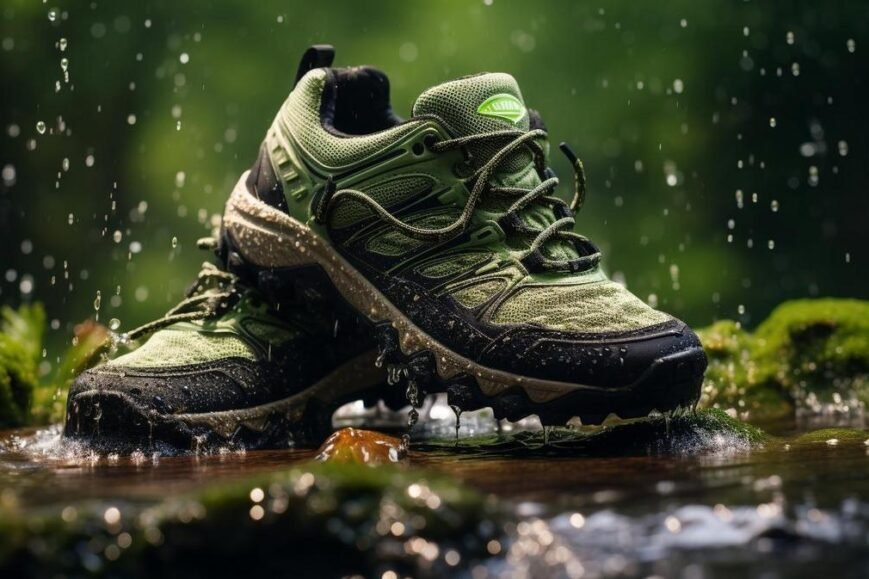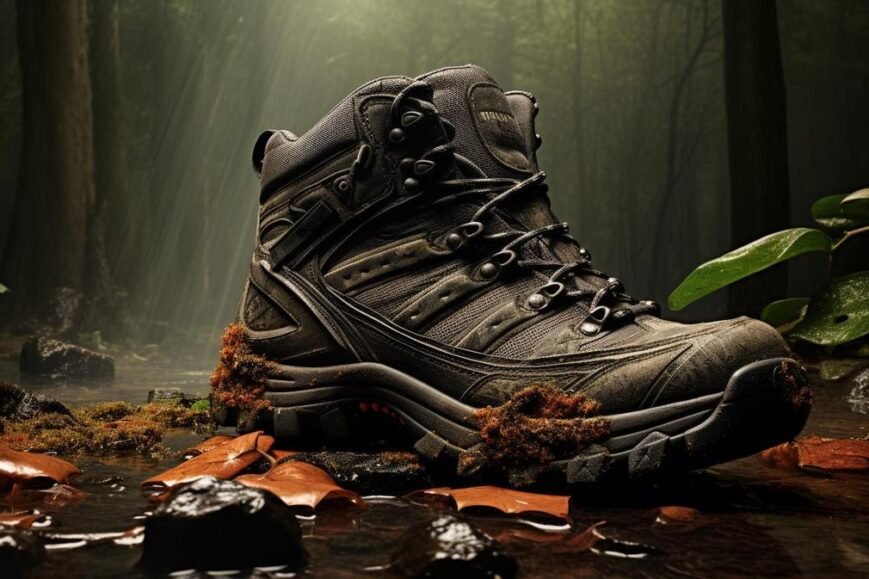When it comes to hiking boots, the KEEN Targhee 3 has garnered a significant amount of attention and praise from outdoor enthusiasts. Known for its durability, comfort, and performance, this model has become a staple for many hikers. This review aims to provide an objective and comprehensive analysis of the KEEN Targhee 3 hiking boots, covering various aspects such as design, materials, comfort, performance, durability, and user feedback.
Design and Aesthetics
Overall Look
The KEEN Targhee 3 hiking boots are designed with a rugged and robust appearance, which is typical of high-performance hiking footwear. The boots feature a combination of leather and mesh materials, providing a balance between durability and breathability. The design is both functional and aesthetically pleasing, with a variety of color options available to suit different preferences.
Color Options
The KEEN Targhee 3 is available in several color combinations, including:
- Bungee Cord/Black: A neutral and versatile option that blends well with various outdoor gear.
- Raven/Aluminum: A darker, more subdued choice for those who prefer a minimalist look.
- Gargoyle/Midnight Navy: A combination of grey and navy blue for a more distinctive appearance.
- Canteen/Dark Olive: Earthy tones that complement natural surroundings.
Design Features
- Toe Protection: One of the standout features of the KEEN Targhee 3 is the patented KEEN.PROTECT toe cap, which provides additional protection for the toes against rocks and other obstacles on the trail.
- Lacing System: The boots feature a secure lacing system with metal eyelets and hooks, ensuring a snug and customizable fit.
- Heel Lock: The heel lock system helps to keep the heel in place, reducing the risk of blisters and enhancing overall stability.
- Pull Tabs: Convenient pull tabs on the heel and tongue make it easier to put on and take off the boots.
Materials and Construction
Upper
The upper part of the KEEN Targhee 3 is constructed from a combination of waterproof nubuck leather and breathable mesh. This blend of materials provides a good balance between durability and ventilation, making the boots suitable for various weather conditions.
- Nubuck Leather: The leather is treated to be waterproof, ensuring that the boots can withstand wet conditions while maintaining breathability.
- Mesh Panels: The mesh panels enhance airflow, helping to keep the feet cool and dry during long hikes.
Midsole
The midsole of the KEEN Targhee 3 is made from dual-density EVA foam, which offers excellent cushioning and support. This material helps to absorb shock and reduce fatigue, making it ideal for extended periods of walking or hiking.
- EVA Foam: Ethylene-vinyl acetate (EVA) is known for its lightweight and cushioning properties, providing a comfortable and responsive feel underfoot.
- Stability Shank: The boots also feature a stability shank that adds rigidity and support, particularly on uneven terrain.
Outsole
The outsole of the KEEN Targhee 3 is made from KEEN.ALL-TERRAIN rubber, which is designed to provide excellent traction on various surfaces. The lug pattern is aggressive, ensuring a firm grip on both wet and dry terrain.
- KEEN.ALL-TERRAIN Rubber: This rubber compound is engineered to be durable and slip-resistant, making it suitable for a wide range of hiking conditions.
- 4mm Multi-Directional Lugs: The deep lugs offer superior traction and stability, helping to prevent slips and falls on challenging trails.
Waterproofing
The KEEN Targhee 3 features the KEEN.DRY waterproof membrane, which is designed to keep water out while allowing moisture to escape from the inside. This technology ensures that the feet stay dry and comfortable, even in wet conditions.
- KEEN.DRY Membrane: A proprietary waterproof, breathable membrane that provides reliable protection against water while maintaining breathability.
Comfort and Fit
Sizing
The KEEN Targhee 3 is available in both men’s and women’s sizes, with a range of widths to accommodate different foot shapes. Most users find that the boots fit true to size, but it is recommended to try them on or consult the sizing chart to ensure the best fit.
- Men’s Sizes: Typically range from US 7 to 15, with half sizes available.
- Women’s Sizes: Typically range from US 5 to 11, with half sizes available.
- Widths: Standard and wide widths are available to cater to different foot shapes.
Insole
The removable insole of the KEEN Targhee 3 is made from a dual-density EVA foam, providing additional cushioning and support. This insole is designed to conform to the shape of the foot, enhancing comfort during long hikes.
- Dual-Density EVA Foam: Offers excellent shock absorption and cushioning, reducing foot fatigue.
- Arch Support: The insole provides adequate arch support, which is crucial for maintaining foot health during extended periods of walking or hiking.
Break-In Period
One of the notable aspects of the KEEN Targhee 3 is its minimal break-in period. Many users report that the boots are comfortable right out of the box, with little to no discomfort during the initial wear.
- Minimal Break-In: The combination of soft leather and cushioned midsole allows for a comfortable fit from the start.
- Flexible Upper: The mesh panels and flexible leather contribute to the boot’s overall comfort and ease of movement.
Performance
Traction
The KEEN Targhee 3 excels in providing reliable traction on various surfaces, thanks to its KEEN.ALL-TERRAIN rubber outsole and 4mm multi-directional lugs. Whether hiking on wet, muddy trails or rocky terrain, the boots offer a secure grip.
- KEEN.ALL-TERRAIN Rubber: Ensures durability and slip resistance.
- 4mm Multi-Directional Lugs: Provide excellent traction and stability on diverse surfaces.
Stability
The stability shank in the midsole enhances the overall stability of the KEEN Targhee 3, making it suitable for uneven and challenging terrain. The heel lock system also helps to keep the foot securely in place, reducing the risk of ankle injuries.
- Stability Shank: Adds rigidity and support, particularly on uneven terrain.
- Heel Lock System: Prevents heel slippage and enhances stability.
Waterproofing
The KEEN.DRY waterproof membrane effectively keeps water out while allowing moisture to escape from the inside. This feature ensures that the feet remain dry and comfortable, even in wet conditions.
- KEEN.DRY Membrane: Provides reliable waterproof protection while maintaining breathability.
- Sealed Seams: Additional waterproofing measures, such as sealed seams, enhance the boot’s ability to keep water out.
Breathability
Despite its waterproof capabilities, the KEEN Targhee 3 maintains good breathability, thanks to the mesh panels integrated into the upper. This design allows for adequate airflow, helping to keep the feet cool and dry during long hikes.
- Mesh Panels: Enhance breathability and airflow.
- Moisture-Wicking Lining: The interior lining helps to wick away moisture, further contributing to overall comfort.
Durability
Upper Durability
The combination of waterproof nubuck leather and mesh in the upper construction ensures that the KEEN Targhee 3 is both durable and resistant to wear and tear. The leather is treated to withstand harsh conditions, while the mesh panels provide flexibility without compromising durability.
- Nubuck Leather: Treated for waterproofing and durability.
- Reinforced Stitching: Enhances the overall strength and longevity of the boots.
Outsole Durability
The KEEN.ALL-TERRAIN rubber outsole is designed to be highly durable, capable of withstanding the rigors of various hiking conditions. The deep lugs are resistant to wear, ensuring that the boots maintain their traction over time.
- KEEN.ALL-TERRAIN Rubber: Engineered for durability and longevity.
- Deep Lugs: Resistant to wear and provide long-lasting traction.
Midsole Durability
The dual-density EVA foam midsole is designed to retain its cushioning properties over time, providing consistent comfort and support throughout the life of the boots.
- Dual-Density EVA Foam: Maintains its cushioning and support properties over extended use.
- Stability Shank: Adds to the overall durability of the midsole.
User Feedback
Positive Feedback
Many users have praised the KEEN Targhee 3 for its comfort, durability, and performance. Common positive feedback includes:
- Comfortable Fit: Users appreciate the minimal break-in period and the overall comfort of the boots, even during long hikes.
- Excellent Traction: The aggressive lug pattern and KEEN.ALL-TERRAIN rubber outsole provide reliable grip on various surfaces, which many hikers find beneficial.
- Durable Construction: The combination of nubuck leather and reinforced stitching ensures that the boots can withstand rough conditions.
- Waterproofing: The KEEN.DRY membrane effectively keeps feet dry in wet conditions, a feature that many users find essential.
- Supportive Design: The stability shank and heel lock system contribute to the overall support and stability of the boots, reducing the risk of injuries.
Negative Feedback
While the KEEN Targhee 3 has received mostly positive reviews, some users have noted a few drawbacks:
- Weight: Some users find the boots to be slightly heavier compared to other hiking boots in the same category.
- Breathability: Although the boots have mesh panels for ventilation, a few users have mentioned that they can still feel warm during hot weather hikes.
- Sizing Issues: A small number of users have reported sizing inconsistencies, suggesting that trying the boots on before purchasing is advisable.
Comparison with Other Hiking Boots
KEEN Targhee 3 vs. Merrell Moab 2
- Comfort: Both boots are known for their comfort, but the KEEN Targhee 3 has a slight edge due to its minimal break-in period.
- Traction: The KEEN Targhee 3 offers better traction on wet and muddy surfaces, thanks to its aggressive lug pattern.
- Durability: Both boots are durable, but the KEEN Targhee 3’s reinforced stitching and nubuck leather provide added longevity.
- Weight: The Merrell Moab 2 is slightly lighter, which may be a consideration for those who prioritize weight.
KEEN Targhee 3 vs. Salomon X Ultra 3
- Comfort: The KEEN Targhee 3 is praised for its cushioning and support, while the Salomon X Ultra 3 is known for its snug fit and agility.
- Traction: Both boots offer excellent traction, but the Salomon X Ultra 3 is designed for more technical terrain.
- Durability: The KEEN Targhee 3’s leather construction may offer better durability in rugged conditions compared to the synthetic materials of the Salomon X Ultra 3.
- Waterproofing: Both boots feature effective waterproofing technologies, but user experiences may vary based on specific conditions.
Key Features Recap
- Comfortable Fit: Minimal break-in period and dual-density EVA midsole.
- Excellent Traction: KEEN.ALL-TERRAIN rubber outsole with 4mm multi-directional lugs.
- Durable Construction: Waterproof nubuck leather and reinforced stitching.
- Waterproofing: KEEN.DRY membrane for effective waterproof protection.
- Supportive Design: Stability shank and heel lock system for enhanced stability.
Summary
In summary, the KEEN Targhee 3 hiking boots are a well-rounded option for hikers seeking comfort, durability, and reliable performance. With their minimal break-in period, effective waterproofing, and excellent traction, these boots are suitable for a wide range of hiking conditions. While they may have some minor drawbacks, such as weight and breathability, the overall benefits make them a popular choice among outdoor enthusiasts.
By considering the detailed aspects covered in this review, potential buyers can make an informed decision about whether the KEEN Targhee 3 hiking boots are the right choice for their outdoor adventures.
FAQ
Q. Are KEEN Targhee 3 boots true to size?
Most users find that the KEEN Targhee 3 fits true to size, but it is recommended to try them on or consult the sizing chart for the best fit.
Q. How effective is the waterproofing in KEEN Targhee 3 boots?
The KEEN.DRY membrane in the KEEN Targhee 3 provides effective waterproofing, keeping feet dry in wet conditions while maintaining breathability.
Q. How long do KEEN Targhee 3 boots typically last?
The durability of the KEEN Targhee 3 is highly praised, with many users reporting that the boots last for several years, even with frequent use. The combination of nubuck leather, reinforced stitching, and a durable outsole contributes to their longevity.
Q. Are KEEN Targhee 3 boots suitable for winter hiking?
While the KEEN Targhee 3 offers good waterproofing and traction, they may not provide sufficient insulation for extremely cold conditions. For winter hiking, it is advisable to pair them with warm, moisture-wicking socks or consider a boot specifically designed for winter use.
Q. Can the insoles of KEEN Targhee 3 boots be replaced?
Yes, the insoles of the KEEN Targhee 3 are removable, allowing users to replace them with custom orthotics or other aftermarket insoles if needed.
![]()
